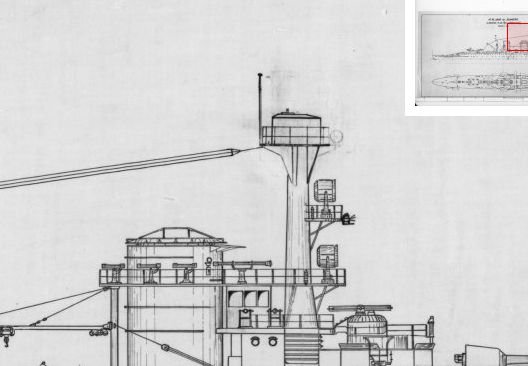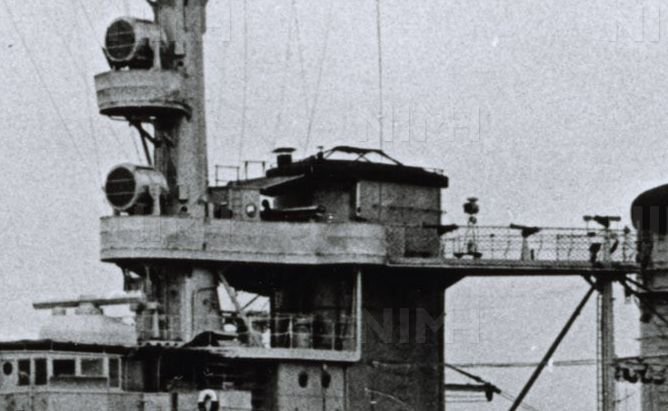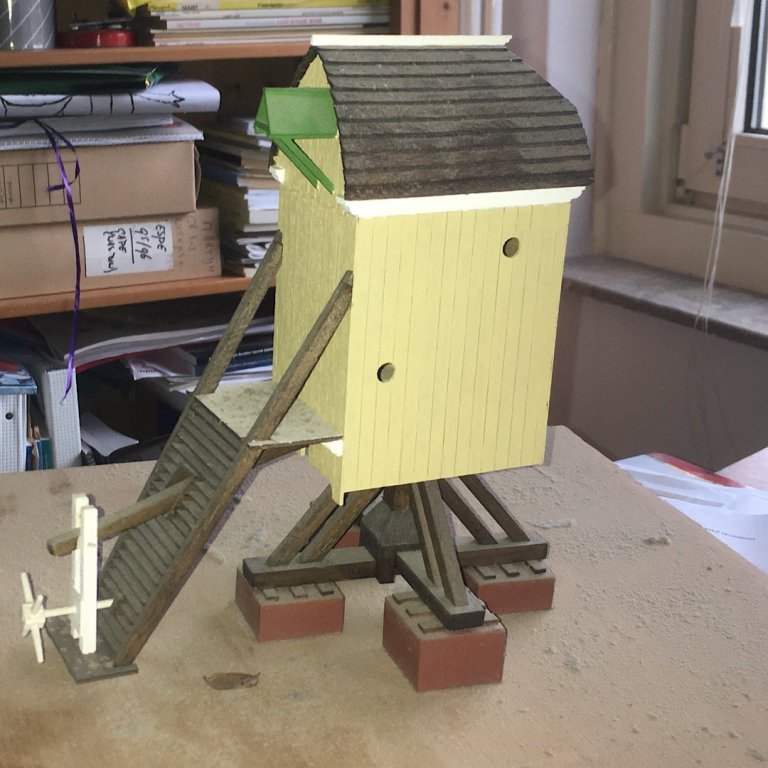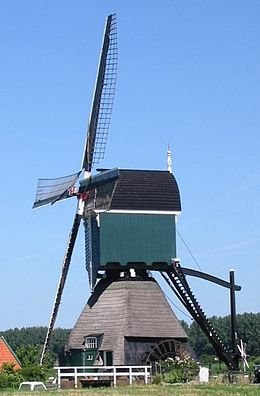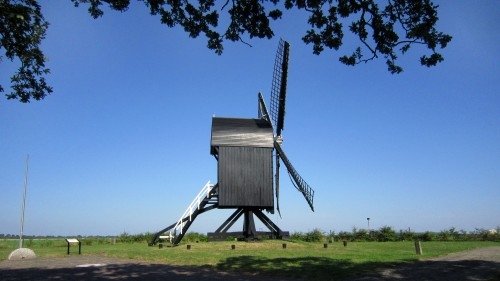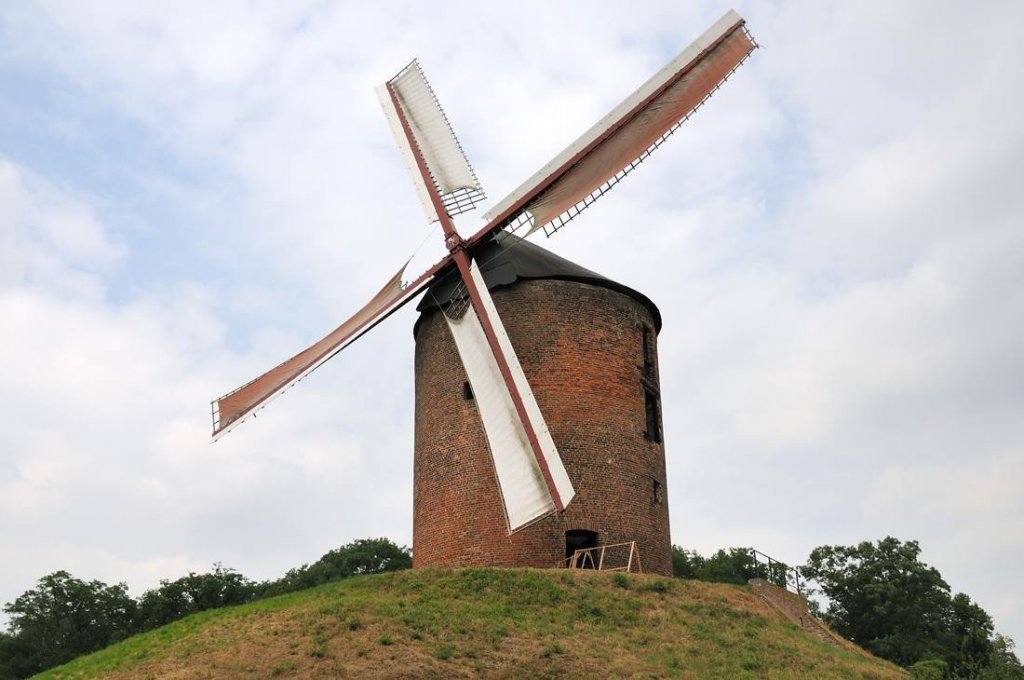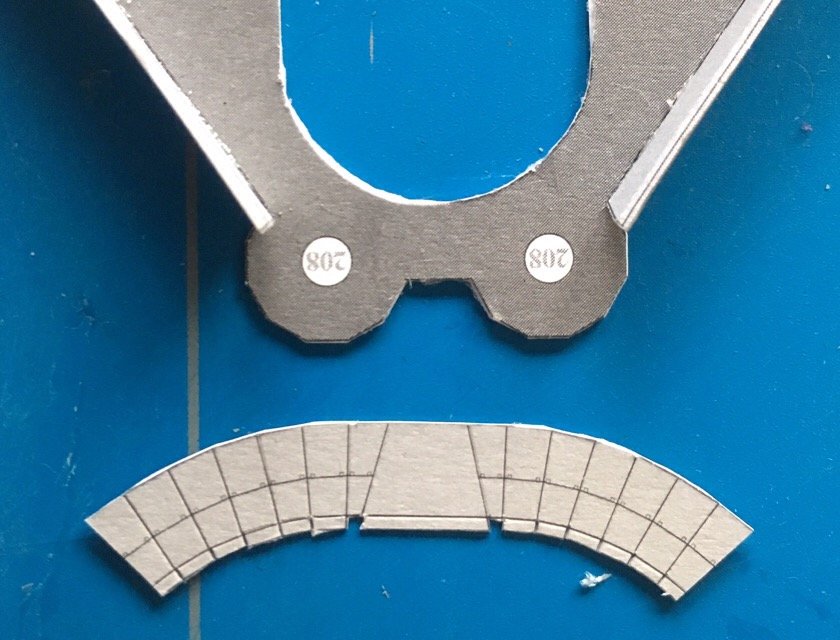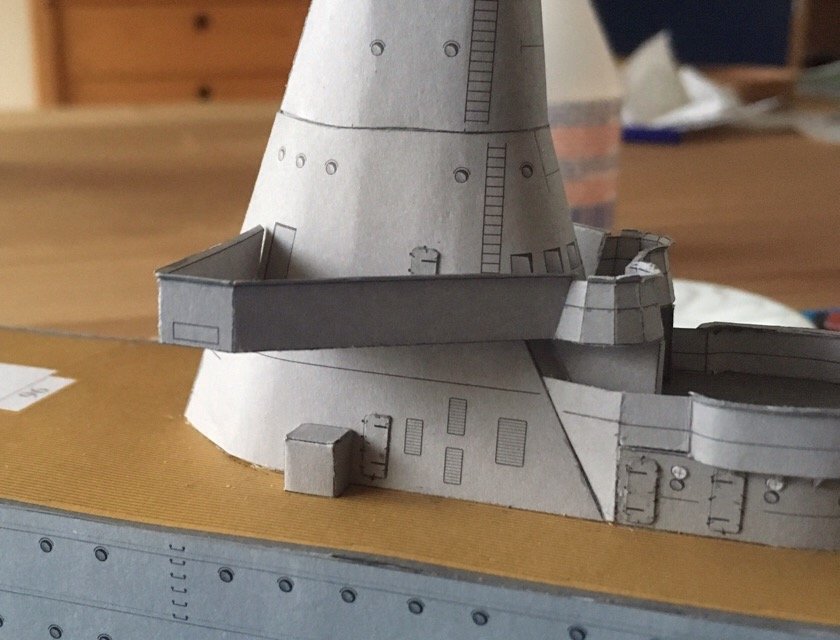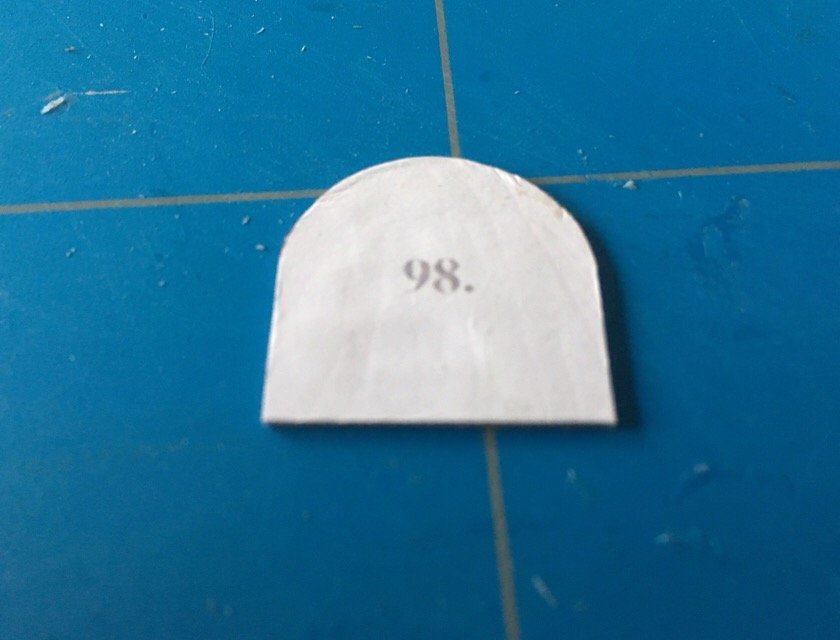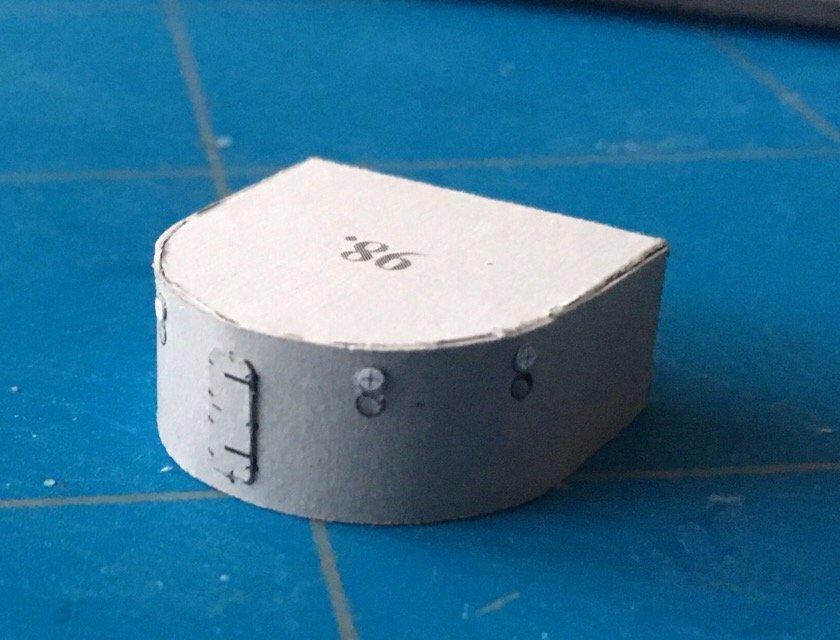-
Posts
3,485 -
Joined
-
Last visited
Content Type
Profiles
Forums
Gallery
Events
Everything posted by amateur
-
It was not until your video that I realized the size of the model. It is far larger than I imagined. (and like all the others: I am still amazed by what you can make out of sculpting material. my own ability in that field ends with marble sized, almost round balls ) Jan
- 1,035 replies
-
- royal katherine
- ship of the line
-
(and 1 more)
Tagged with:
-
Hi PIet, She is looking great. I like these pre-WWII cruisers very much. I checked the original drawings fro that small house. The funny thing is: that little house is not on the original drawings but.... it was there for sure: It looks more of a wind-shield to me on this picture, and not a closed structure (you can see light through the porthole that is in it). So it has to be a 1934-refit change. During that refit, the masts were changed (shortened, and repositioned). At the same time the anti-aircraft guns were modernized, and a couple of sheltered fire-control positions were created (using steel screens). I guess this is one of those positions. Jan
- 378 replies
-
- java
- pacific crossroads
-
(and 2 more)
Tagged with:
-
Thatch needs some care: it is a natural product, so it dereriorates over time, especially when wet. So from time to time the thatcher comes by and gives the roof a close shave (literally) to remove moss, dirt and rotting parts, them he fills thin parts with new thtch. So that is why you not often see moss on mills. You see it on the north side of thatched roofs. After a numbe of years, repair isnr enough, and the whole roof has to be replaced. by tge way, there is no roof under the thatch, the thatch is the roof. in housinghowever, modern safety regulations ask for an fireproof later betwwen beams and thatch. Some pics, other type of mill, but the process is the same. http://www.rietdekkerstraver.nl/projecten/vervanging-rieten-kap-cabauwse-molen/ Jan
-
Nope, they don't need the sail to run. The sails are only needed in case of low wind speed. @ Marcus: are you going to build an interior, or will this be an "outside only" ? Can you tell us what the mechanics of the mill are? Is it working using a 'water-screw' or a 'wheel' ? @Piet: do you mean this one in Ter Haar? I like Dutch windmills. Quite a lot of differences between them, depending on region, function, and age. I also like these few rather sturdy ones (this one is Zeddam, in the eastern part of the country) Jan
-
Perhaps not perfect in your own eyes, but it looks quite perfect to me. Jan
- 287 replies
-
- michelangelo
- ocean liner
-
(and 1 more)
Tagged with:
-
Oops...... I am affraid that this means dismantling and rebuild.... Can't think of anything that solves this problem. You can sand and plaster, but how can you be sure that the moisture that is now in the wood will not cause creaks and warping when it dries? Jan
- 22 replies
-
- notre dame
- hydroplane
-
(and 1 more)
Tagged with:
-
That will be an i teresting build. not much models of these ships (actually, not much drawings to work from, either. I think this book is actually a must have for this period) Jan
-
I like the weathering Actually, it is not too far of from looks and feel the Mataro-model itself . Jan
-
After some weeks without cardboard, I did some parts of the Ruyter today. First, the foreard railing of the bridge. Warned by a buildlog on a German forum, The part needed some surgery, the middle part about one and a half milimeters too wide. (And yes, i need roo work far more precise, too much white too be seen, especially when photographed in macro ) Here the railing is complete, and the bridge testfitted. Not too bad, it needs a handrail on top, but I need daylight too cut and edgepaint. Instead of the next level of the conning tower, I decided to do the nedt part of the superstructure. I copied the partsheet (my printer did awfull things with the colour...), and cut the top of the superstructure, dounbled it with thick cardboard, and used it as a base: that way the curved wall comes out correct, and I have some gluing base to attach it to the not so flat deck. (for size comparison: the porthole-lids are about 1,5 milimeters) I already cut and glued the deck that comes on top of this and the next part of the superstructure. But as it is under some weight, it can't be photographed (actually, it is not very interesting ) perhaps more tomorrow. Jan
-
Ehhhh..... who did this spreadsheet for you? It an't be you, you were finishing Bismarck (at least, that's what you suggested us ) I will be followi g with interest! Jan
-
A card model that can be photographed in macro setting, and still noerrors and mishaps to be seen. That is outstanding quality. we don't do medals here, but as far as I'm concerned it is definitely a gold one Jan
-
Strange, isn’tit? The guy who did the kit on Batavia at first had to give the ship another name, as the Batavia guys where more troubled with copy and namerights than with real content Why are they affraid of sharing? Is it while they don ‘t have the means or time to take the lines, or is it something else? Jan
-
That is the rope that is belayed on the block. Jan
- 305 replies
-
- utrecht
- statenjacht
-
(and 1 more)
Tagged with:
-
I think I know which rope you mean. the sheet is belayed on the lower block of the sheet tackle. There is even a special block for that. You can see it onthe right side of the pic here. The block is hooked to the ring, the sheet can be belayed onthe block. The same holds for the fore sail (I guess dafi wouldnt mind my using his picture) this block is also used in other Dtch ships: like this botter and the rope is belayed like this (the heel of the block always on the aft side of the ship) the excess rope is either on abelaying pi to the side, orjust neatly. On the deck, depending on the setting ofthe sail Jan
- 305 replies
-
- utrecht
- statenjacht
-
(and 1 more)
Tagged with:
-
Have you set yourself a zero-tollerance margin? I would be quite happy when my railings get out this way. Those close-ups pretty much capture the looks and feel of the pics of the original ship Jan
About us
Modelshipworld - Advancing Ship Modeling through Research
SSL Secured
Your security is important for us so this Website is SSL-Secured
NRG Mailing Address
Nautical Research Guild
237 South Lincoln Street
Westmont IL, 60559-1917
Model Ship World ® and the MSW logo are Registered Trademarks, and belong to the Nautical Research Guild (United States Patent and Trademark Office: No. 6,929,264 & No. 6,929,274, registered Dec. 20, 2022)
Helpful Links
About the NRG
If you enjoy building ship models that are historically accurate as well as beautiful, then The Nautical Research Guild (NRG) is just right for you.
The Guild is a non-profit educational organization whose mission is to “Advance Ship Modeling Through Research”. We provide support to our members in their efforts to raise the quality of their model ships.
The Nautical Research Guild has published our world-renowned quarterly magazine, The Nautical Research Journal, since 1955. The pages of the Journal are full of articles by accomplished ship modelers who show you how they create those exquisite details on their models, and by maritime historians who show you the correct details to build. The Journal is available in both print and digital editions. Go to the NRG web site (www.thenrg.org) to download a complimentary digital copy of the Journal. The NRG also publishes plan sets, books and compilations of back issues of the Journal and the former Ships in Scale and Model Ship Builder magazines.




